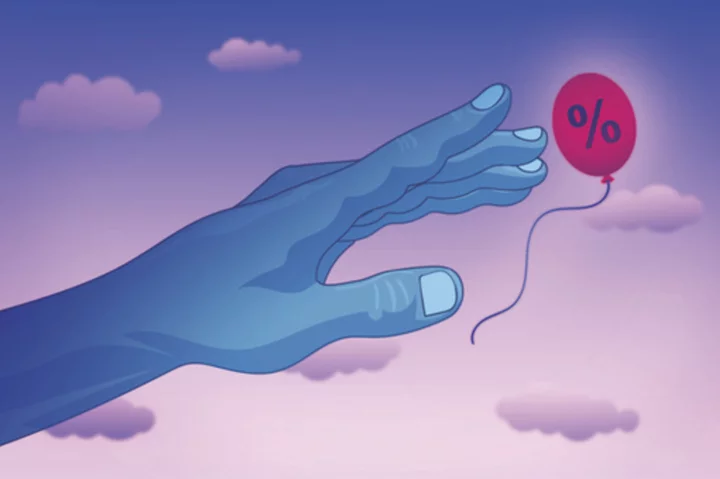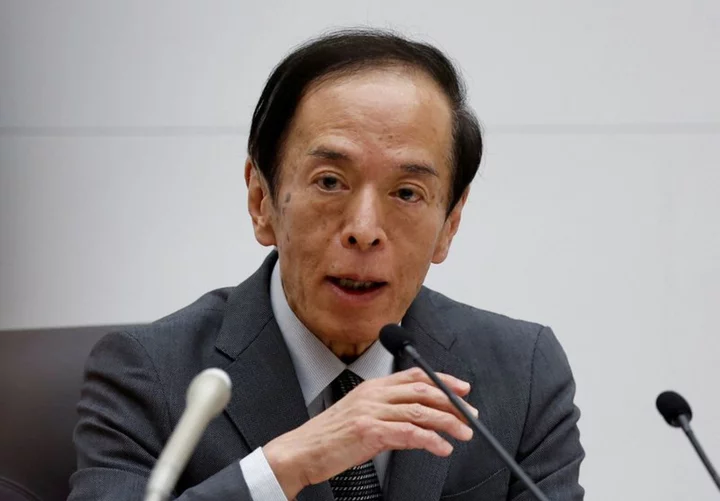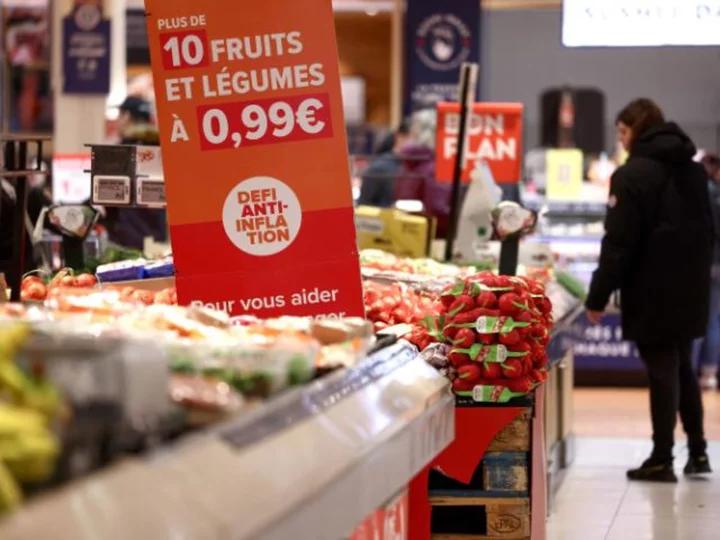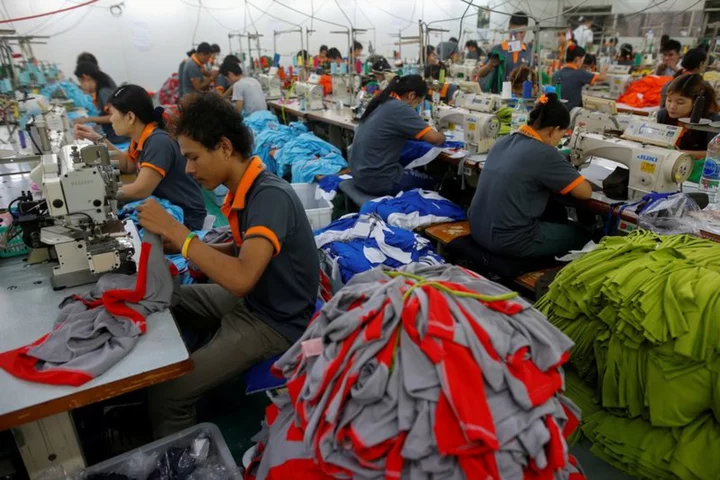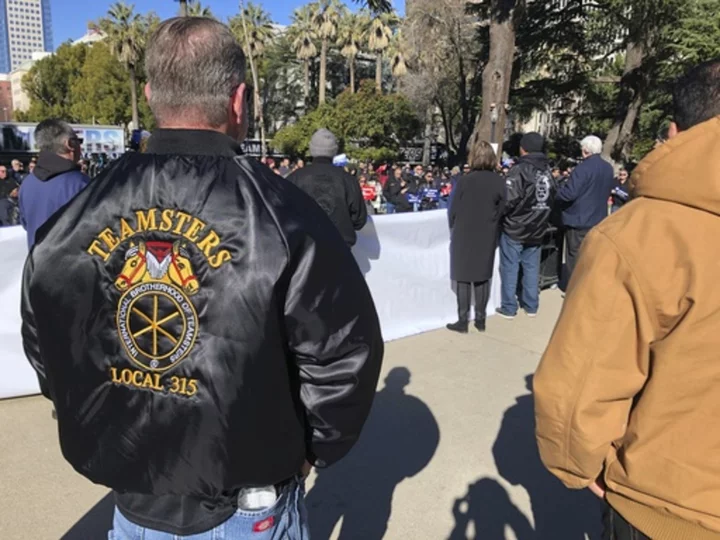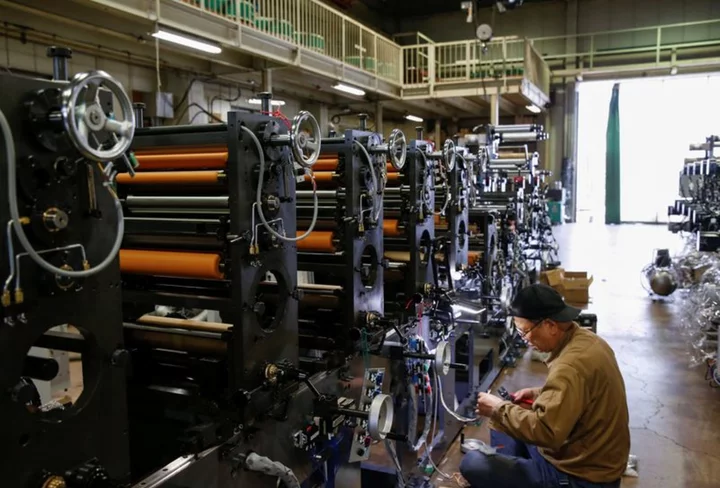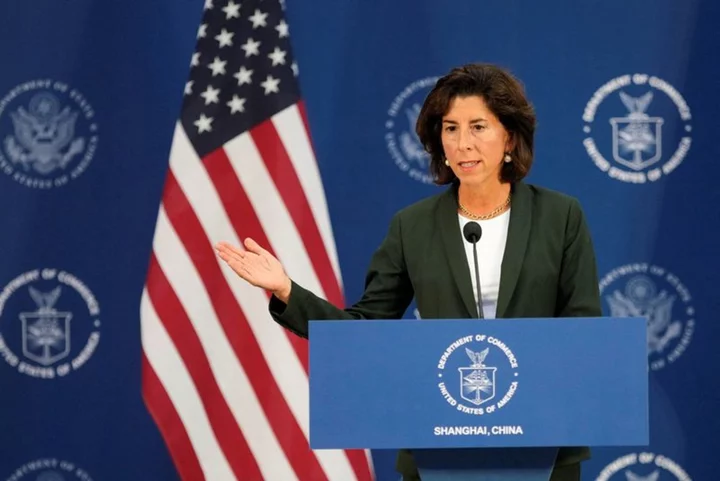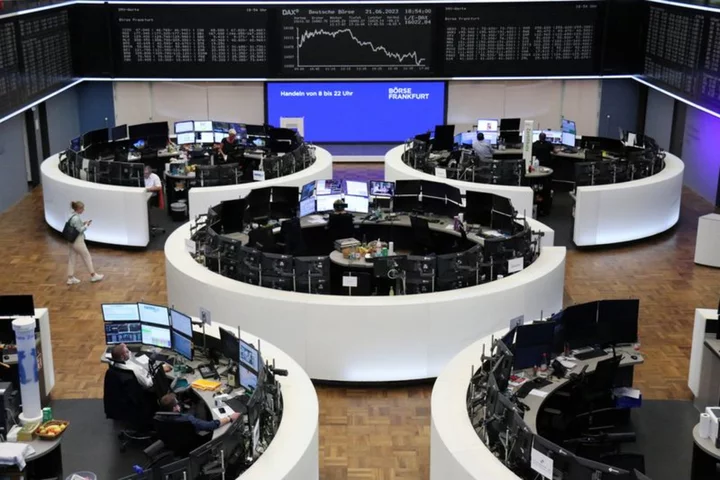WASHINGTON (AP) — The Federal Reserve has reached a delicate stage in its fight against inflation.
Its policymakers have raised their key interest rate to about 5.4%, its highest level in 22 years, to try to slow borrowing and spending and cool inflation pressures. They now are considering whether to raise the rate even higher — a move that would heighten the risk of a recession — or leave it at its current level for an extended period.
Though inflation has slowed for the past year, it's showing signs of stickiness at its current levels. A recent uptick in gas prices sent inflation a bit higher in July.
Raphael Bostic, president of the Federal Reserve Bank of Atlanta and a member of the Fed’s interest rate policy committee, doesn't think another hike is needed. But Bostic favors keeping the benchmark rate at its current level well into 2024. The Associated Press interviewed Bostic in late August and it has been edited for length and clarity:
Q: Since March 2022, the Fed has rapidly raised its key rate. Yet unemployment has stayed remarkably low. How has the economy withstood the higher borrowing costs?
A. There’s your standard economic theory, and then there’s the real world. And a lot of times they don’t align. The economic theory would have said this kind of increase should have material impacts on economic output and employment. But we’re not in a normal time, and the pandemic is still having effects on the economy and on the conditions that American families and businesses face.
So we saw a lot of policy that was put in to support families and businesses. We saw a lot of families actually continue to get income and not be able to spend because they were on lockdown. And both of those realities have left businesses and families just stronger than they would historically be at this stage in an economic cycle. And so a lot of the tightening of our policy is being absorbed by that strength.
I think there’s still a fair amount of momentum in the economy. And when I talk to bankers and others, they will tell me that a lot of their customers still have savings balances that are higher than they were pre-pandemic. And so that is going to allow them to be more resilient then we might expect otherwise, while the other difficulties in the economy start to resolve themselves like supply chains and that kind of stuff. I think that’s pretty much what we’re seeing right now.
Q. Is the Fed’s rate high enough to reduce inflation to your 2% target?
A. Our rate today is higher than the rate of inflation. And that means that that is going to put limits and constraints on economic growth. Last week, mortgage rates were at the highest they’ve been in a long time.
When I talk to businesses about their long-term plans, many of them are starting to tell me the cost of debt is getting high enough to rethink some of the timing of those things.
Q. Some economists say the rate hikes haven’t yet had their full impact on the economy. Do you agree?
A. I actually share that view.
And it’s one of the reasons why I think that it’s appropriate to just be cautious at this stage. We don’t have to rush and we can let our policy do its work and continue to slow the economy down and continue us on that road to the 2% target.
And again, I talk to business leaders, what they tell me is the slowdown is here and it’s showing up in specific ways. The degree to which the slowdown is occurring is broadening. And there are increasing parts of the economy where people are telling me they’re starting to see more and more slowdown. But things are still quite robust overall.
Q. Do you think we can achieve a “soft landing”? (A soft landing occurs when the Fed manages to curb inflation without causing a deep recession.)
A. I never use the words “soft landing.” But I will say this: A recession has never been in my outlook. I’ve always had a view that there was enough momentum in the economy that we could get inflation down to 2% without causing massive disruptions in employment.
And I’m grateful to say so far, we’ve seen that play out. I’m not declaring victory. I’m going to remain diligent and pay attention and make sure that inflation continues on the trajectory that it’s been on. But we still have momentum. Inflation is still coming down, and we’re in a restrictive posture, which should cause that inflation to continue to come down.
Over the last 6 to 8 months we’ve seen a number of revisions on the employment side which would also tell us that things are slowing down in ways that are relatively orderly and that is also something that gives me some comfort that our policies are working well.
Q. Do you see keeping the Fed funds rate high for a longer period as one way to combat inflation, as opposed to raising it more?
A. We’re going to have to keep our rate higher for longer than historically happens, because we need to make sure that inflation stays at 2%. We’re just going to have to stay restrictive for quite a while, until we are sure, sure, sure, sure, sure, sure that inflation is not going to bounce up far away from our target. I don’t have us even contemplating a rate cut before the latter part of 2024.
We’re going to be at a restrictive level for quite a while, and that just assumes that this last bit of inflation trajectory is going to be steady but relatively slow.

